
This episode introduces another major group of peoples of the Russian Empire - the Finno-Ugrians. Originating in Western Siberia, they spread across Northeastern Europe. While most Finno-Ugrians now live outside of the Russian Federation, there remains a significant number inside the country.
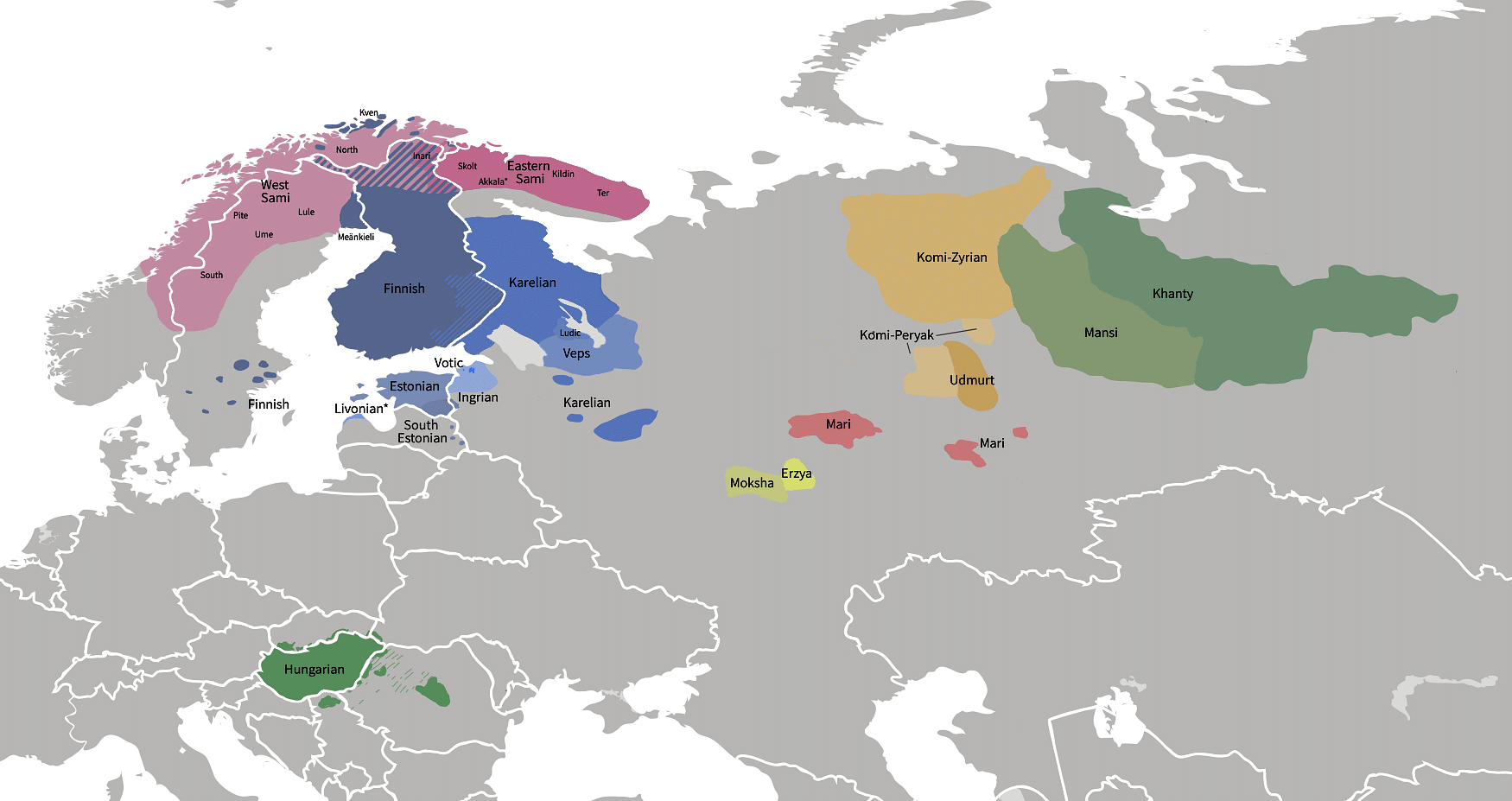
Finno-Ugrian peoples today.
The Finno-Ugrians are a diverse group ranging from urban, industrialised populations in the Baltic and on the Volga, to indigenous groups maintaining traditional reindeer herding, semi-nomadic lifestyles in the North.
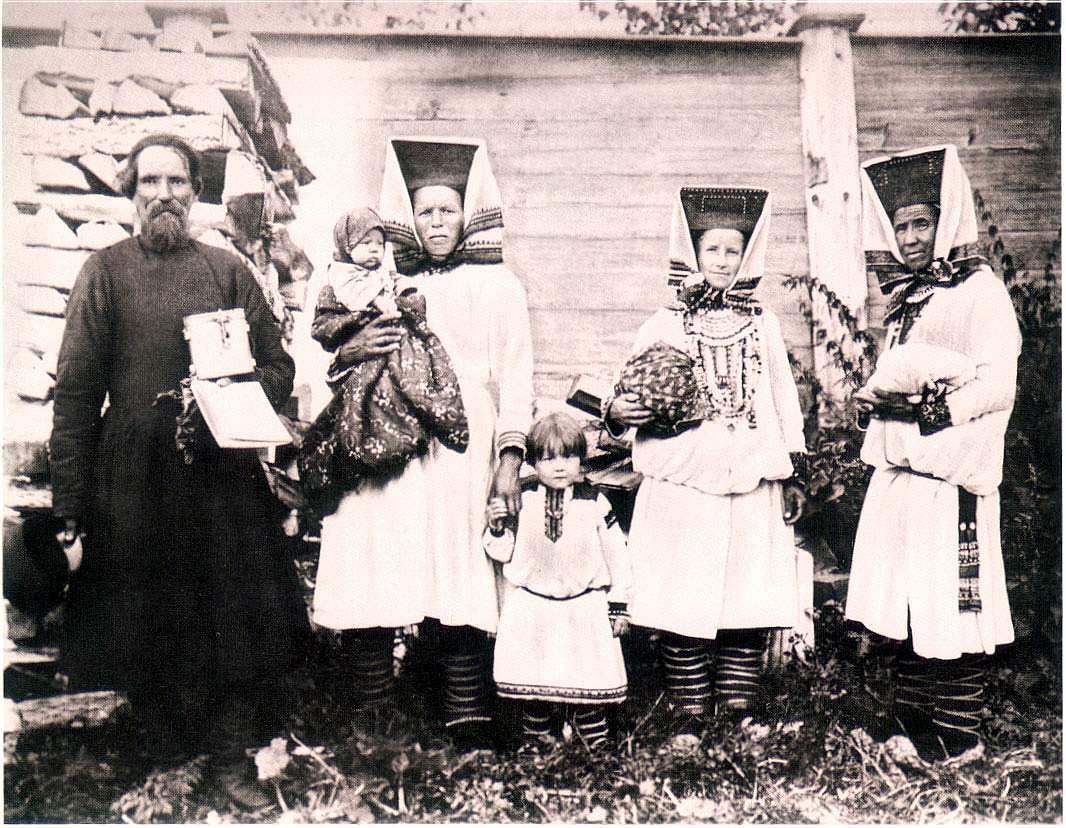
Mari in the 19th century.
Many Finno-Ugrians followed hunter-gather herding lifestyles in the forest for centuries, in some areas until modern times.
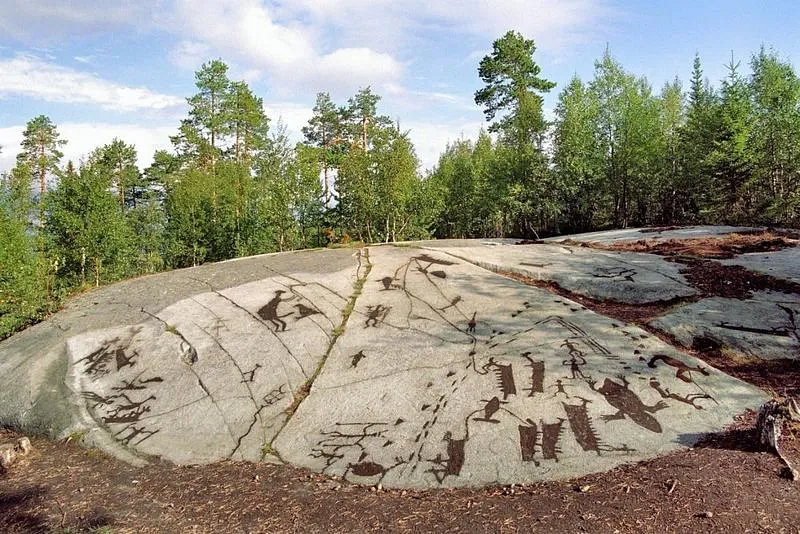
Finno-Ugrian petroglyphs on the Kola Peninsula.
Finno-Ugrians have not left archeological remains comparable to the kurgans, and in large areas of their territory any organic remains have been destroyed by acidic soil. But petroglyphs, tools, and their Comb Ware pottery are found across their range.
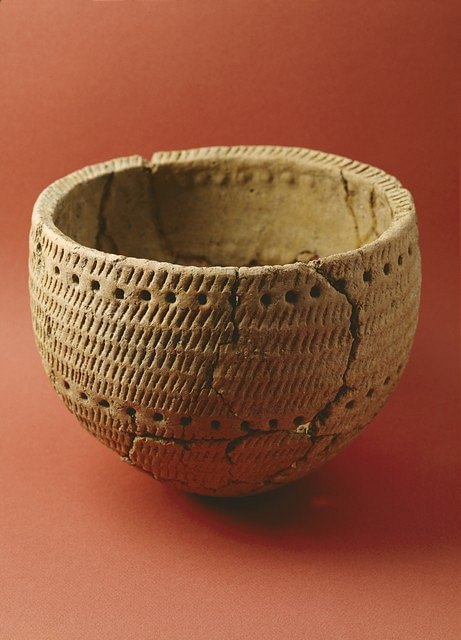
Comb Ware pottery from Finland.
The Finno-Ugrians were the last European pagans. Or maybe that should be are the last European pagans. In the West, the Finns and the Estonians were Christianised during the Baltic Crusades. On the Volga, most were brought under Christian or Islamic influence by their Rus or Turkic neighbours, and then Christianised when they were absorbed into the Empire. But some Mari have maintained their traditional beliefs, centred on various aspects of nature, despite Imperial and Bolshevik campaigns of eradication.
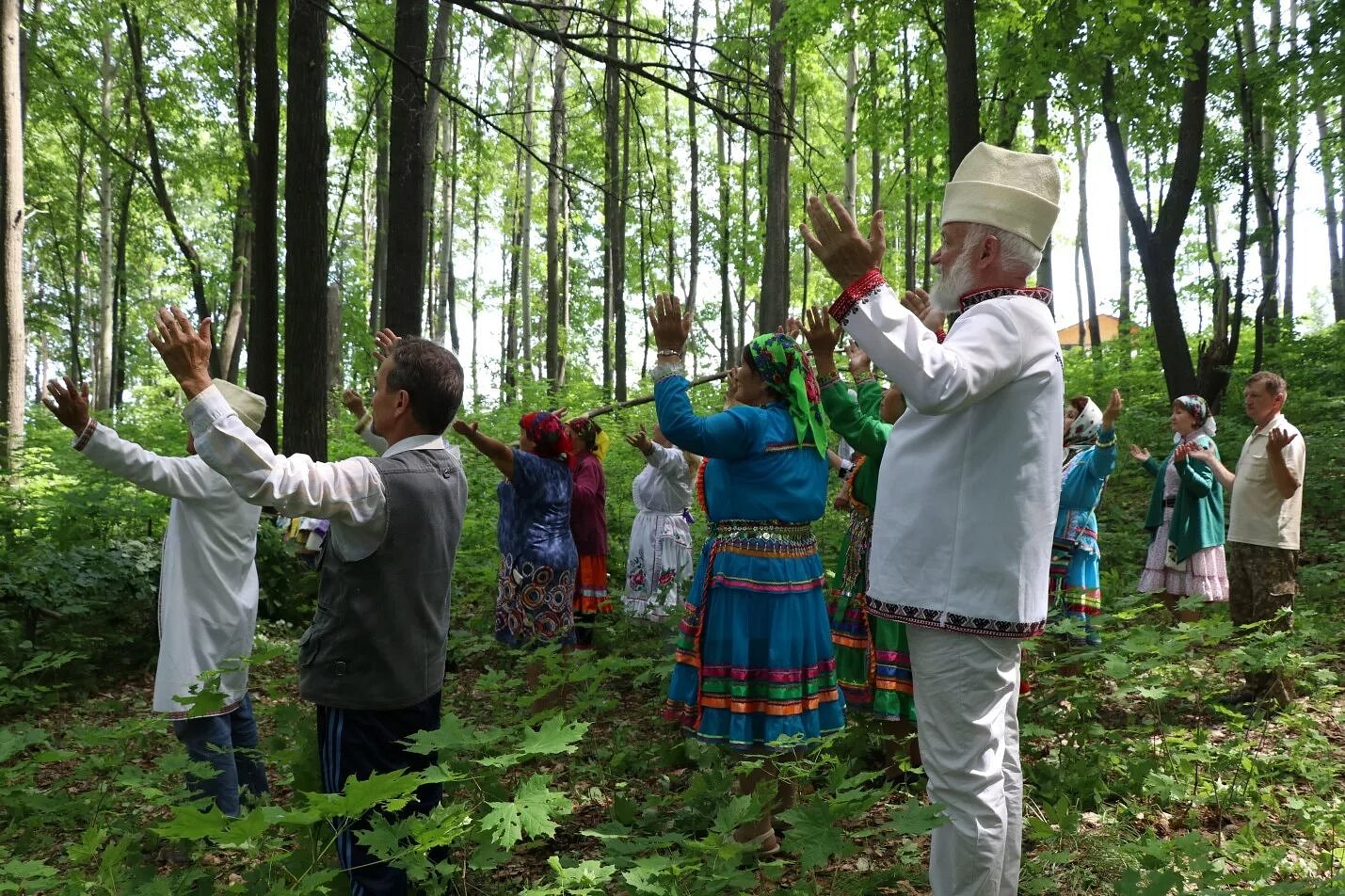
Modern day Mari continuing pagan practices in their sacred groves.
Listen to Episode 1.15 - The Finno-Ugrians here on the website, on Apple, Spotify, YouTube, or wherever you get your podcasts.